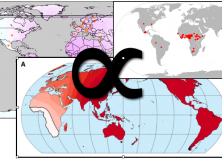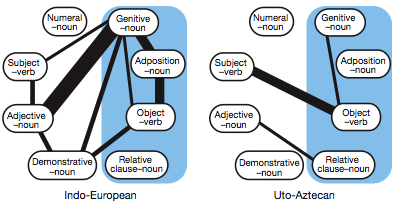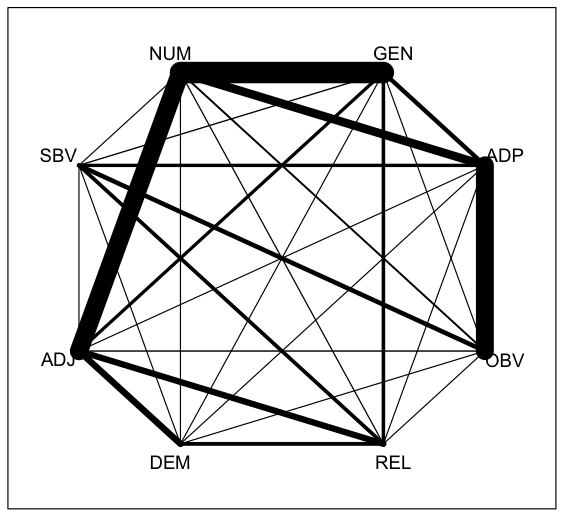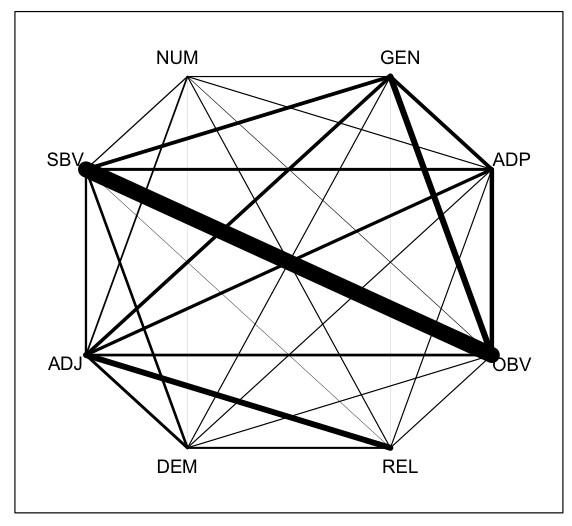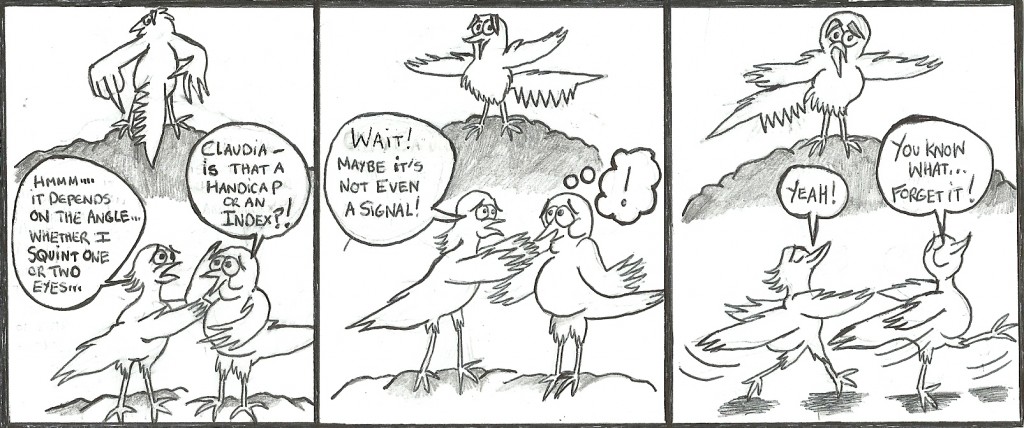So, I got a request from a friend of mine to make an abstract on the fly for a poster for Friday. I stayed up until 3am and banged this out. Tonight, I hope to write the poster justifying it into being. A lot of the work here builds on Bart de Boer’s work, with which I am pretty familiar, but much of it also started with a wonderful series of posts over on Tetrapod Zoology. Rather than describe air sacs here, I’m just going to link to that – I highly suggest the series!
Here’s the abstract I wrote up, once you’ve read that article on air sacs in primates. Any feedback would be greatly appreciated – I’ll try to make a follow-up post with the information that I gather tonight and tomorrow morning on the poster, as well.
Re-dating the loss of laryngeal air sacs in hominins
Laryngeal air sacs are a product of convergent evolution in many different species of primates, cervids, bats, and other mammals. In the case of Homo sapiens, their presence has been lost. This has been argued to have happened before Homo heidelbergensis, due to a loss of the bulla in the hyoid bone from Austrolopithecus afarensis (Martinez, 2008), at a range of 500kya to 3.3mya. (de Boer, to appear). Justifications for the loss of laryngeal air sacs include infection, the ability to modify breathing patterns and reduce need for an anti-hyperventilating device (Hewitt et al, 2002), and the selection against air sacs as they are disadvantageous for subtle, timed, and distinct sounds (de Boer, to appear). Further, it has been suggested that the loss goes against the significant correlation of air sac retention to evolutionary growth in body mass (Hewitt et al., 2002).
I argue that the loss of air sacs may have occurred more recently (less than 600kya), as the loss of the bulla in the hyoid does not exclude the possibility of airs sacs, as in cervids, where laryngeal air sacs can herniate between two muscles (Frey et al., 2007). Further, the weight measurements of living species as a justification for the loss of air sacs despite a gain in body mass I argue to be unfounded given archaeological evidence, which suggests that the laryngeal air sacs may have been lost only after size reduction in Homo sapiens from Homo heidelbergensis.
Finally, I suggest two further justifications for loss of the laryngeal air sacs in homo sapiens. First, the linguistic niche of hunting in the environment in which early hominin hunters have been posited to exist – the savannah – would have been better suited to higher frequency, directional calls as opposed to lower frequency, multidirectional calls. The loss of air sacs would have then been directly advantageous, as lower frequencies produced by air sac vocalisations over bare ground have been shown to favour multidirectional over targeted utterances (Frey and Gebler, 2003). Secondly, the reuse of air stored in air sacs could have possibly been disadvantageous toward sustained, regular heavy breathing, as would occur in a similar hunting environment.
References:
Boer, B. de. (to appear). Air sacs and vocal fold vibration: Implications for evolution of speech.
Fitch, T. (2006). Production of Vocalizations in Mammals. Encyclopedia of Language and Linguistics. Elsevier.
Frey, R, & Gebler, A. (2003). The highly specialized vocal tract of the male Mongolian gazelle (Procapra gutturosa Pallas, 1777–Mammalia, Bovidae). Journal of anatomy, 203(5), 451-71. Retrieved June 1, 2011, from http://www.pubmedcentral.nih.gov/articlerender.fcgi?artid=1571182&tool=pmcentrez&rendertype=abstract.
Frey, Roland, Gebler, Alban, Fritsch, G., Nygrén, K., & Weissengruber, G. E. (2007). Nordic rattle: the hoarse vocalization and the inflatable laryngeal air sac of reindeer (Rangifer tarandus). Journal of Anatomy, 210(2), 131-159. doi: 10.1111/j.1469-7580.2006.00684.x.
Martínez, I., Arsuaga, J. L., Quam, R., Carretero, J. M., Gracia, a, & Rodríguez, L. (2008). Human hyoid bones from the middle Pleistocene site of the Sima de los Huesos (Sierra de Atapuerca, Spain). Journal of human evolution, 54(1), 118-24. doi: 10.1016/j.jhevol.2007.07.006.
Hewitt, G., MacLarnon, A., & Jones, K. E. (2002). The functions of laryngeal air sacs in primates: a new hypothesis. Folia primatologica international journal of primatology, 73(2-3), 70-94. Retrieved from http://www.ncbi.nlm.nih.gov/pubmed/12207055.
Sound good? I hope so! That’s all for now.

